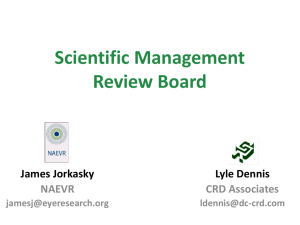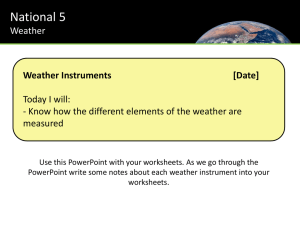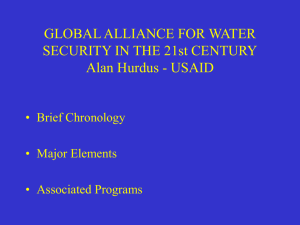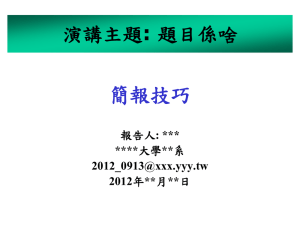Case Study
advertisement
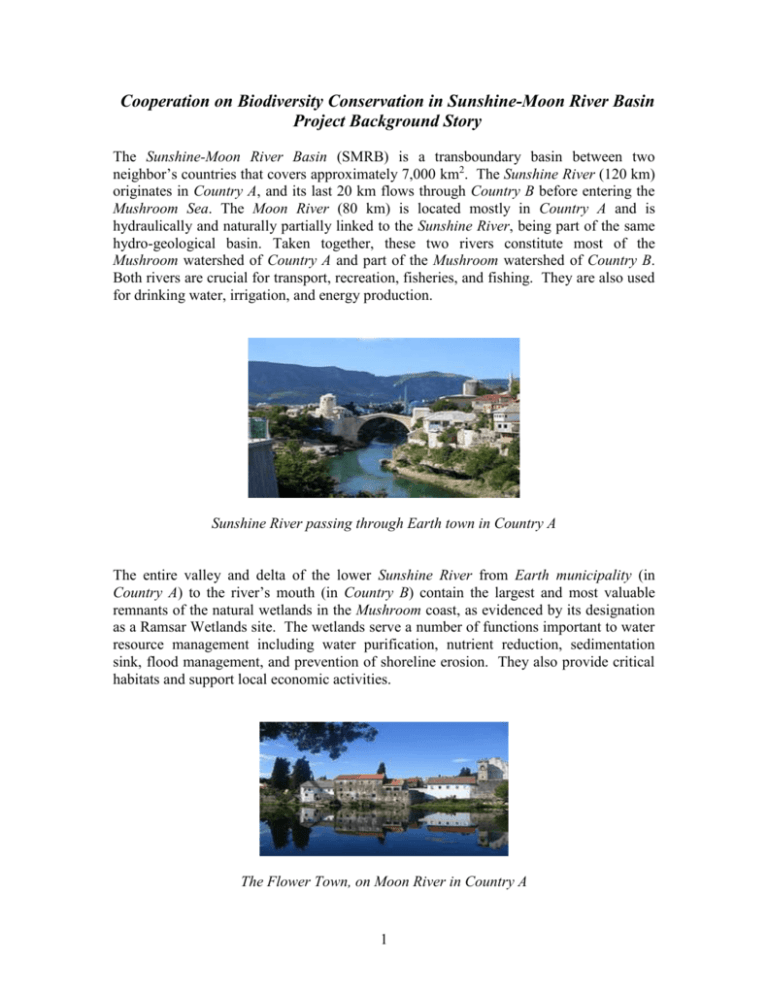
Cooperation on Biodiversity Conservation in Sunshine-Moon River Basin Project Background Story The Sunshine-Moon River Basin (SMRB) is a transboundary basin between two neighbor’s countries that covers approximately 7,000 km2. The Sunshine River (120 km) originates in Country A, and its last 20 km flows through Country B before entering the Mushroom Sea. The Moon River (80 km) is located mostly in Country A and is hydraulically and naturally partially linked to the Sunshine River, being part of the same hydro-geological basin. Taken together, these two rivers constitute most of the Mushroom watershed of Country A and part of the Mushroom watershed of Country B. Both rivers are crucial for transport, recreation, fisheries, and fishing. They are also used for drinking water, irrigation, and energy production. Sunshine River passing through Earth town in Country A The entire valley and delta of the lower Sunshine River from Earth municipality (in Country A) to the river’s mouth (in Country B) contain the largest and most valuable remnants of the natural wetlands in the Mushroom coast, as evidenced by its designation as a Ramsar Wetlands site. The wetlands serve a number of functions important to water resource management including water purification, nutrient reduction, sedimentation sink, flood management, and prevention of shoreline erosion. They also provide critical habitats and support local economic activities. The Flower Town, on Moon River in Country A 1 The SMRB water resources play an important part in the economies of both countries and in the livelihoods of over 400,000 people. Currently, 40 percent of the 100,000 skilled labor force is engaged in agricultural activities in the SMRB, with the rest employed by municipal authorities and public enterprises. Overall pressures on SMRB water resources and their associated ecosystems include: conversion of wetlands and other critical natural habitats to agricultural land; illegal land construction in sensitive or protected areas; excessive illegal hunting and fishing in the wetlands; unsustainable agriculture practices including over-use of pesticides and lack of crop rotation; interference with the hydrological regime of the SMRB for agricultural, municipal, industrial and hydropower use of water; inadequate flood control; water pollution from point (e.g. municipal and industrial wastewaters, solid waste dump sites) and non-point (agricultural) sources; and lack of public awareness and involvement. The cumulative negative impacts of these pressures include a documented loss of habitat and biodiversity; land degradation and reduced agricultural productivity; sedimentation and erosion leading to reduced efficiency of reservoir operations; and salt water intrusion. Due to problems caused by sea (salt water intrusion) in Sunshine Delta, accumulation of salt in the soil results in its degradation, which in turn results in lower crop yields (below potential yields) and erosion of riverbeds and land. Additionally, competing demands for water resources in the SMRB, including those for energy production, are not balanced due to lack of a comprehensive and coordinated strategy for water use on the national or international level. Great water capacities, and the mechanisms to exploit these capacities are key to the energy production of the upper and middle parts of the Sunshine and Moon rivers; this area boasts five hydroelectric power plants on the Sunshine and two on Moon, with accompanying reservoirs. This infrastructure serves to control the water level in the downstream area of the river basin, and, as a consequence, the water levels in the lower parts of the rivers drop significantly in the summer period, despite the compensatory volumes supplied by the discharge at dams. It is of critical importance to coordinate the operation of the infrastructure on the rivers of Sunshine and Moon, such as hydroelectric power plants and accompanying reservoirs, to prevent potential negative effects on the environment and ecosystem activities. During project preparation, a transboundary Environmental Analysis was conducted to assess land and water management, biodiversity, and the social and economic conditions in the SMRB. It identified the following environmental areas relating to SMRB water resources that need improvement: (i) Industrial and municipal wastewater management and treatment, (ii) Protection of sensitive areas because of salt intrusion, (iii) Environmental flows and water quality, (iv) River regulation, and (v) Cooperation among stakeholders on addressing the conflicting and competing needs for water in the basin. To help the two governments, the World Bank in collaboration with the respective countries governments is supporting a project to address the threats to this unique area in both countries. The project consists of four components: Component 1 will focus on improving water resource management capacity in both countries and to strengthen the existing transboundary mechanisms 2 (institutional, technical, and regulatory) and to provide tools for effective water resource management including development of river basin management plan. Component 2 will finance water infrastructure improvements in both countries, including (i) rehabilitation of gates, weirs, river banks, and irrigation structures, including rehabilitation of small-scale water management infrastructures, such as gates, weirs, wooden irrigation wheels, and river banks; (ii) Improved operation of reservoirs, Hydroelectric Power Plants (HPPs), and dams (e.g., finance dam safety monitoring equipment for one dam in SMRB); (iii) improved wetlands management (e.g., improvements in sites, services, and management tools in Red Nature Park in Country A and in two protected areas in Country B, and a pilot scheme to address saline water intrusion in Sunshine Delta in Country B. Component 3 aims to reduce water pollution, mainly nutrients, of the SMRB through high-priority investments by low-cost, appropriate wastewater technology improvements in three municipalities in Country A, small improvements of wastewater collection and treatment infrastructure in two other municipalities in Country B and one industrial sector (metallurgic company) in Country A. Component 4 will ensure civil society participation in the decision-making process for water resource management and to establish an incentive mechanism for responsible, local-level resource management, and to manage project implementation activities. The project has been proposed as environmental assessment category B and triggers the following safeguard policies: OP/BPs 4.01 on Environmental Assessment, OP/BP 4.04 on Natural Habitats, OP/BP4.37 on Safety of Dams, and OP/BP7.50 on Projects on International Waterways. As part of project preparation, the Client prepared site specific EMPs to address mitigation measures and monitoring activities of any negative environmental impact of the known investments, prepared as part of the EIA. 3
